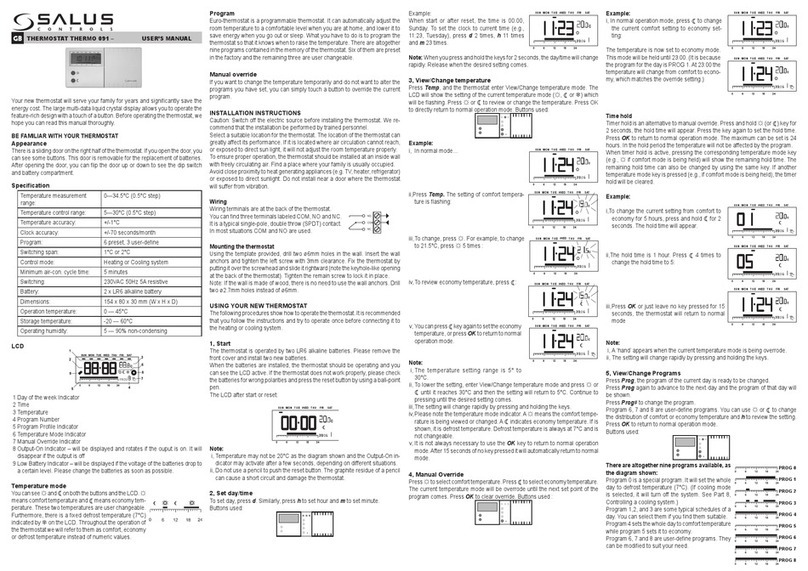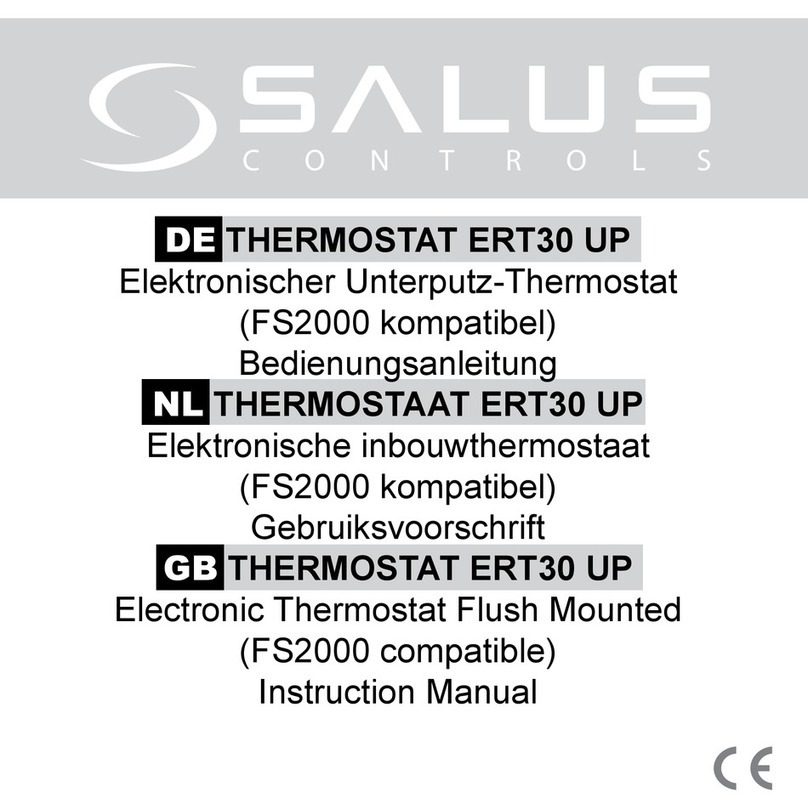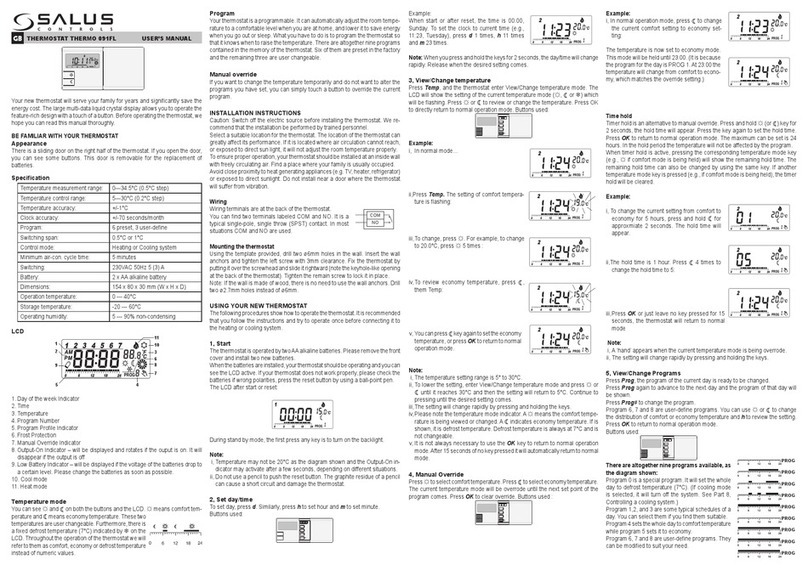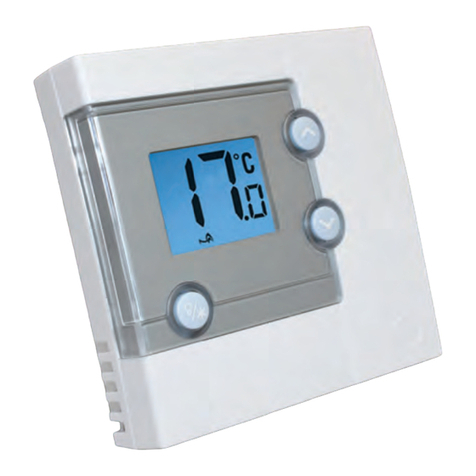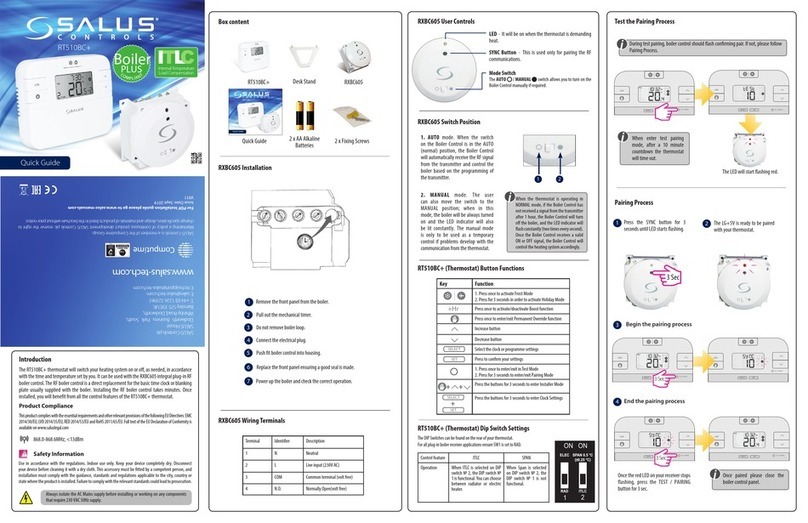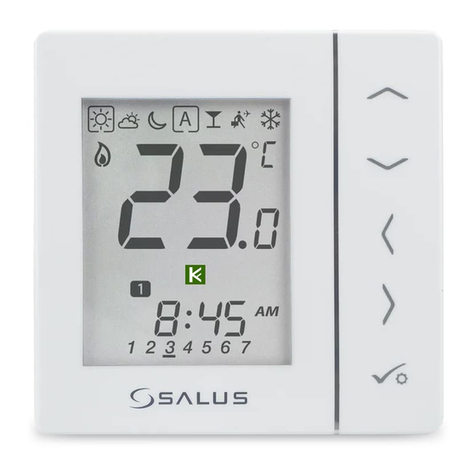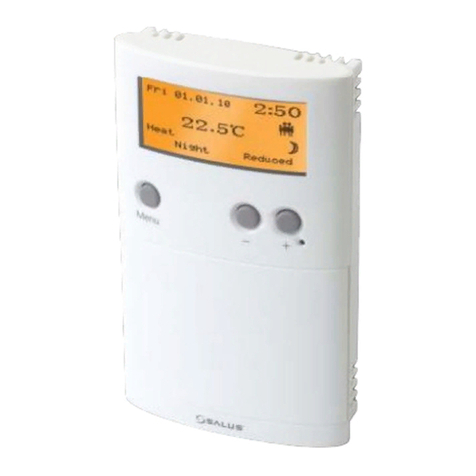Salus RT500RF User manual
Other Salus Thermostat manuals

Salus
Salus Thermo 091 User manual
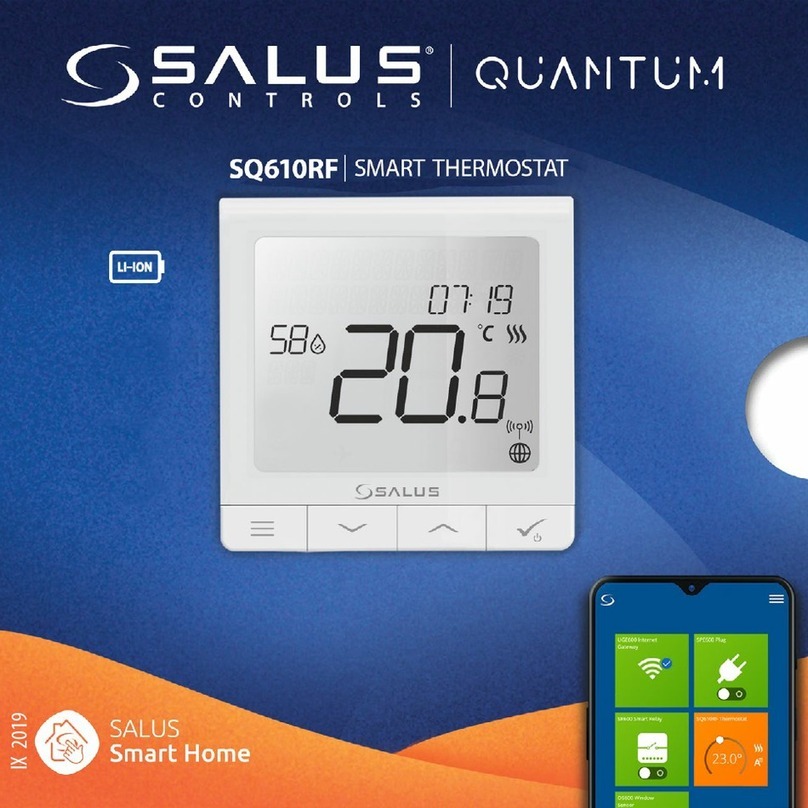
Salus
Salus QUANTUM SQ610RF User manual

Salus
Salus HTR24 User guide
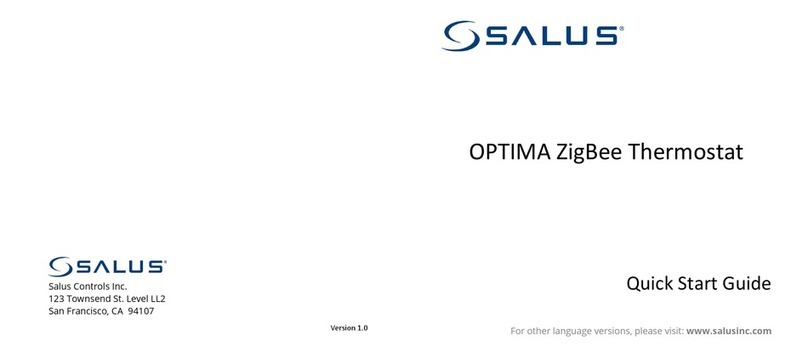
Salus
Salus ZigBee User manual
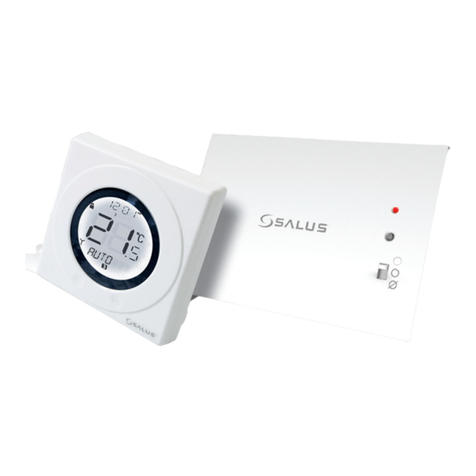
Salus
Salus ST620VBC User manual
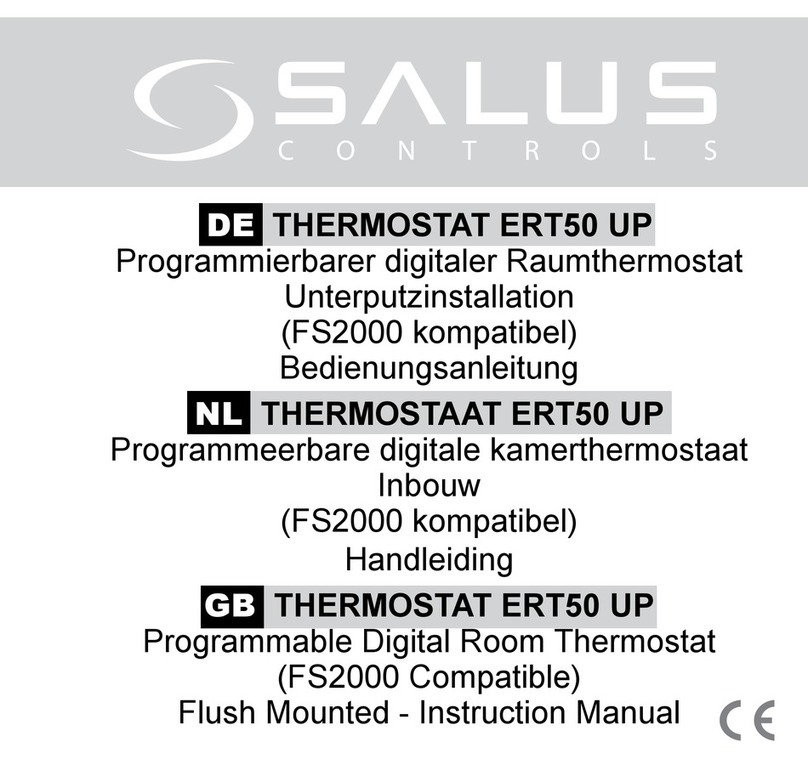
Salus
Salus ERT50 UP User manual

Salus
Salus RT500 User manual
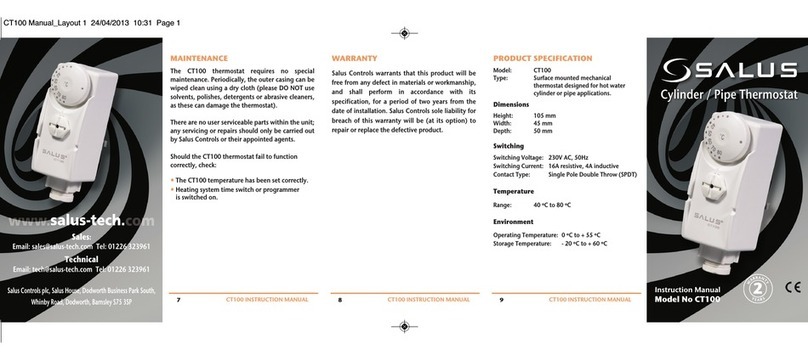
Salus
Salus CT100 User manual
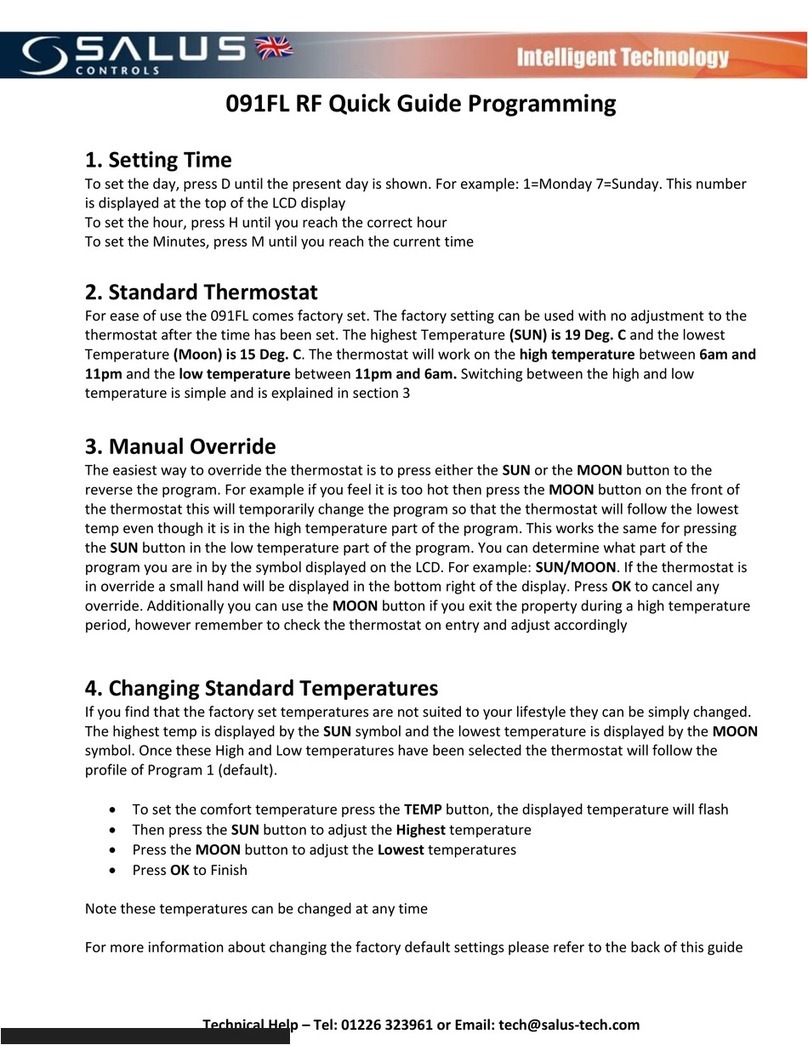
Salus
Salus 091FLRF User manual

Salus
Salus VS20WRF User manual
Popular Thermostat manuals by other brands

dixell
dixell WING XW40LS Installing and operating instructions

Network Thermostat
Network Thermostat NetX X7C-WIFI Installation and programming manual

Radio Thermostat
Radio Thermostat CT80 Operation guide

HAI
HAI Omnistat RC-120 installation manual

Lennox
Lennox iComfort E30 Installation and setup guide

Lux Products
Lux Products PSD011Ba Installation and operating instructions
